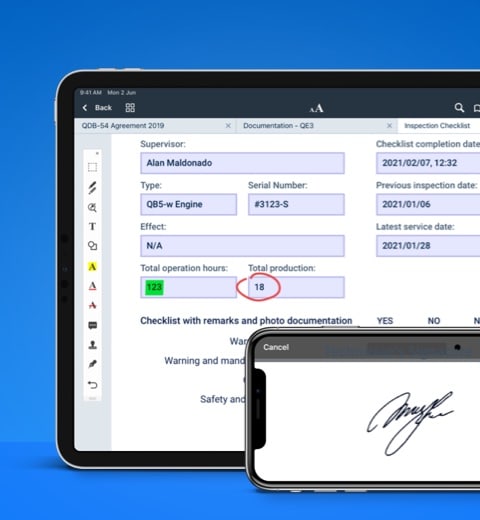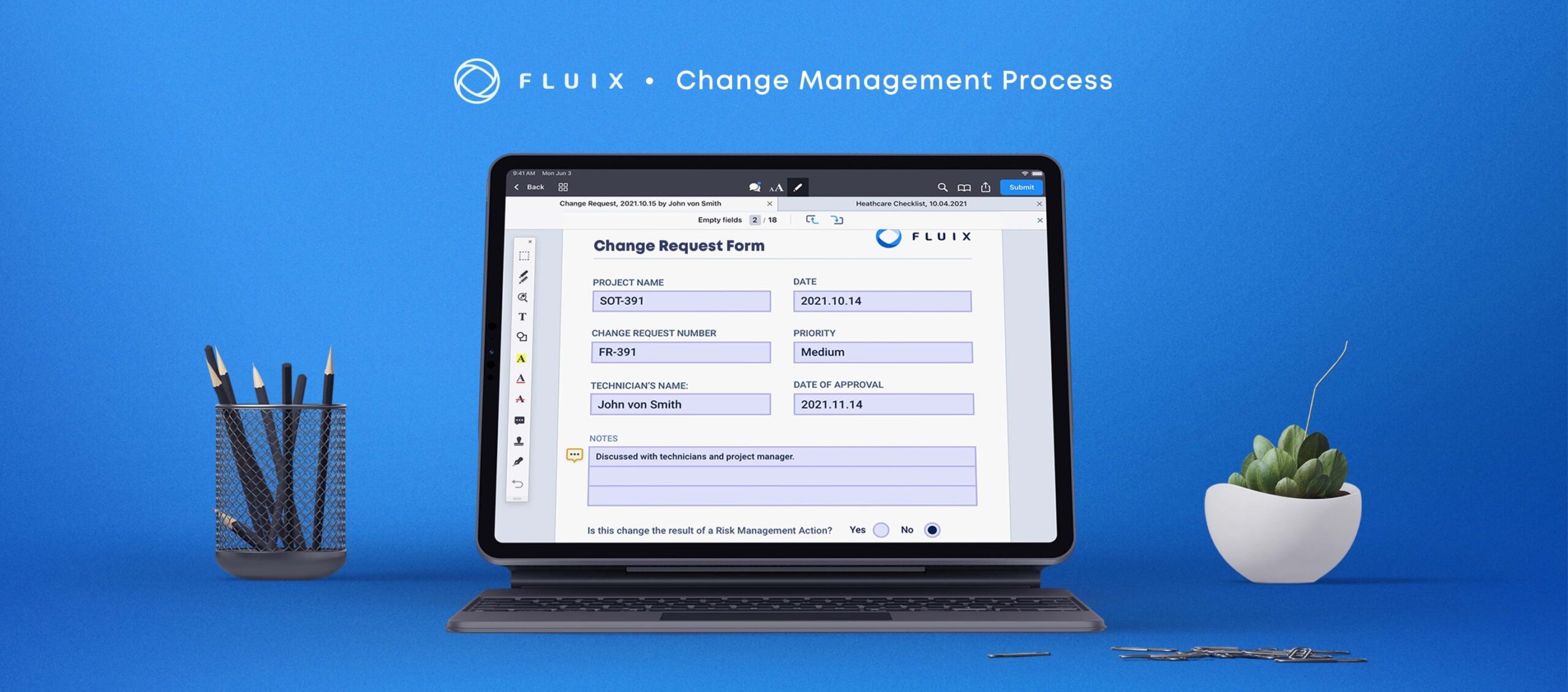In construction, the adage “time is of the essence” is significant in several ways. First, the overall time it takes to complete a project on schedule is often a major performance metric in construction. Failure to maintain the schedule may be considered a breach of contract, or a company may have to pay damages to a client for each day that a project is overdue.
Second, a project manager or superintendent often plans immediate work with a two- or three-week look-ahead schedule. Third, workers usually get paid by the hour, so time-tracking for contractors is one of the most critical factors in successful construction project management.
Examining Time Tracking for Contractors
Most construction schedules are based on days. If a change to the contract requires time to be added or removed, it’s usually quantified in days. Each day of a project is based on a certain number of hours. A roadway construction project, for example, may have a typical week of five or six days, with each day being eight to ten hours.
At some construction firms, a foreperson or supervisor may document the hours or manhours that each crew member works per day. At others, individual employees may fill out construction employee time sheets or punch a time card.
Evaluating Paper Documentation
For many contractors, a construction timesheet form or construction time cards are paper documents with information recorded manually. If a supervisor is tracking the time, then that person has to capture the following details for each day of the project:
- Each crew member’s name
- Each person’s labor function (e.g., crane operator, laborer, flag person, etcetera)
- The hours that each person worked
- Specific details about the work
For one person overseeing two or three people, this may not seem like a big deal. However, it’s quite common for a construction project to have multiple crews working simultaneously. Imagine a project manager or superintendent overseeing a multi-year project that involves multiple forepersons who each supervise multiple crews at the same time.
Each construction timesheet is completed by hand and stored either at a field office or home office. Think about one sheet per worker and for each day of a project that’s several hundred days long! That’s a lot of paperwork that has to be carefully filed, stored, and retrieved for project audits and quality assurance.
Keep in mind that for each daily record, someone has to manually enter that data into a payroll system, following a strict timesheet process, used to generate paychecks for each worker. What’s the likelihood that there are no errors in any of the written records or payroll data entry? If corrections need to be made, how easy is it to retrieve and update construction employee timesheets as paper records? If a PM needs to verify an employee’s time or the manhours it took to complete a certain task, someone has to dig up several documents.
Digital Timesheets for Construction Crews
- Count hours automatically with a timesheet calculator
- Ensure accurate billing
- Protect yourself from litigation


Counting the Costs of Paper
The costs of maintaining paper time cards or timesheets are also quite significant, underscoring the overall importance of cost control in construction management. There’s the cost of paper and ink needed for printing out blank forms. You also need to consider travel expenses for driving to multiple projects to collect paper timesheets on a daily, weekly, or monthly basis. For a construction company, these costs can quickly add up, eating into profits.
Additionally, consider the vulnerability of hard documentation for construction projects that can last for years. While it’s critical for all records to be maintained for the duration of the project, paper records can be lost, stolen, or destroyed in events such as fires.
An electronic construction timesheet system can generate both electronic and hard-copy documents, providing an indexable, searchable, and reportable way to track time for crews, both large and small.
Building a Construction Crew Timesheet Template
An electronic construction timesheet can be configured to serve the interests of both the contractor and the client. While a client requires a record of every hour charged to a project, a construction firm may have other metrics they want to track for internal accounting, marketing and sales, quality assurance and control process, and safety, among others. You can create a timesheet template that captures time and other metrics. A timesheet template should include the following information:
- Project Name: This is the full name of the project, as per the contract.
- Contract Number: This is the client’s contract number, usually identified in the contract or work authorization.
- Project ID: This may be an internal accounting number, as specified by the construction company.
- Company Name, Logo, and Contact Information: A construction timesheet is an official record for both the client and the contractor, so it should have a formal presentation that includes company information.
- Employee Name: Each individual needs a timesheet.
- Employee ID: This is an internal unique ID for each employee that may be used for data regarding a specific project, certain types of projects, or types of work.
- Supervisor(s): Every timesheet should include the names of any personnel who review, approve, and sign it.
- Employee Role/Position: Different positions have different labor rates. Project directors and planners may consult a previous project’s manhours to bid for a similar project. Their bid price needs to account for different hourly rates.
- Time In/Time Out: For a daily timesheet or time card, each worker must note the start and finish times. If the timesheet is weekly, then this information must be entered for each working day within the week. For better functionality, the electronic timesheet can calculate hours based on start and finish times, including breaks.
- Comments: This is a field for comments describing the work, manhours, or other pertinent notes.
Creating a Solution for the Office and the Field
The construction industry is one that features various employees who are constantly on the go. Between workers who are not near a desktop computer to personnel who may travel between jobs, today’s projects benefit from the use of mobile devices incorporating construction collaboration technologies. A time tracking app for contractors facilitates the filling-out of construction time cards or timesheets anytime and anywhere.
Each person can complete an electronic form that is immediately routed to the right people for review and approval. Mistakes can be detected faster, and an employee can make the correction immediately, even from home. Integrating this electronic timesheet app with payroll and accounting systems provides additional functionality for a construction company.
Fluix provides a cloud-based, lightweight field management software for construction teams that improves the way your organization records and tracks time. Build a scalable, flexible, and powerful construction timesheet system without special coding or operating systems.
Fluix is accessible by anyone with a connected mobile device. It can generate electronic records that can be indexed, searched, retrieved, and printed for contracts that require paper records. Start improving the timesheet completion process for your construction crews with a free, no-obligation, credit-card-free trial today.






